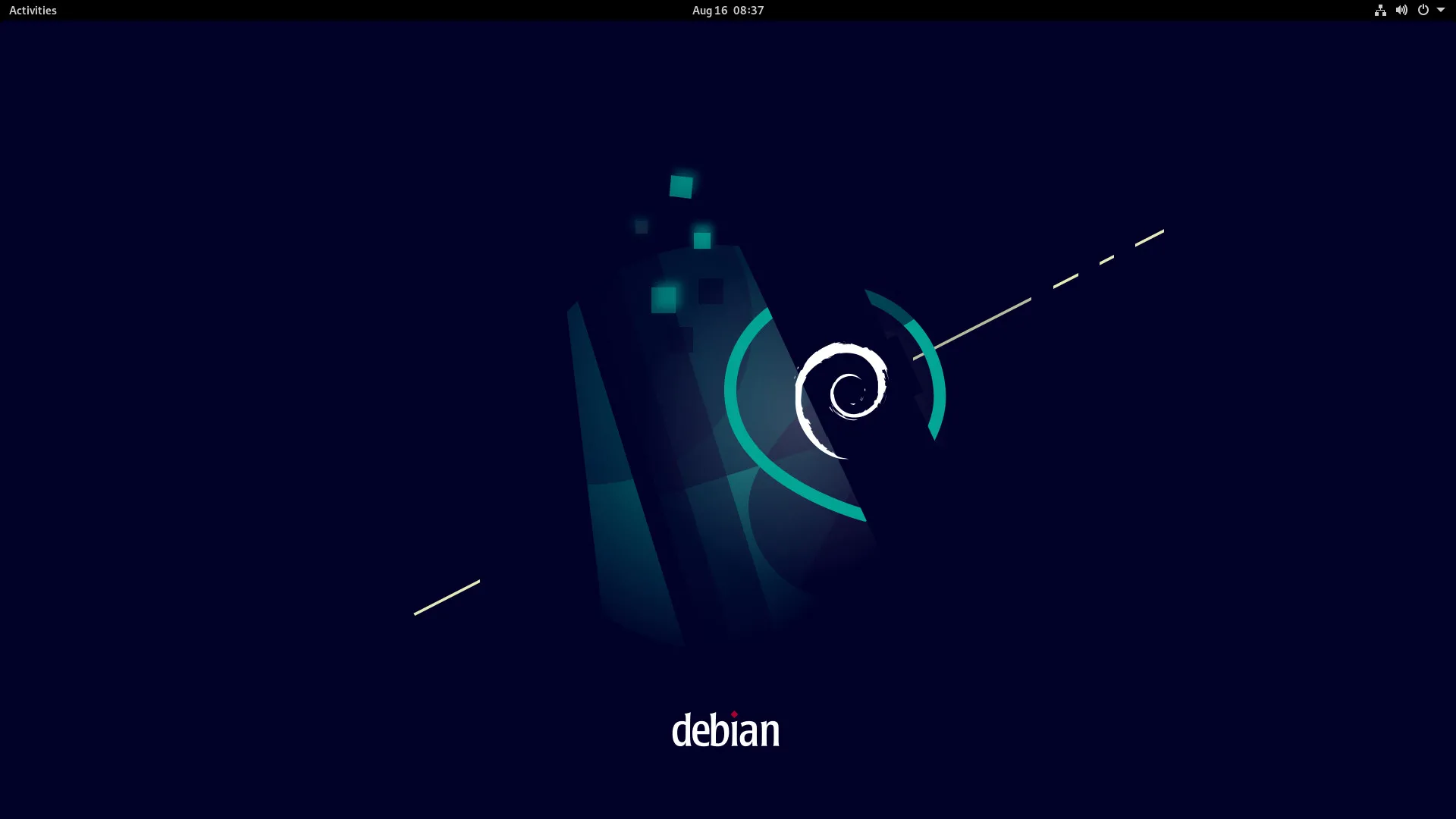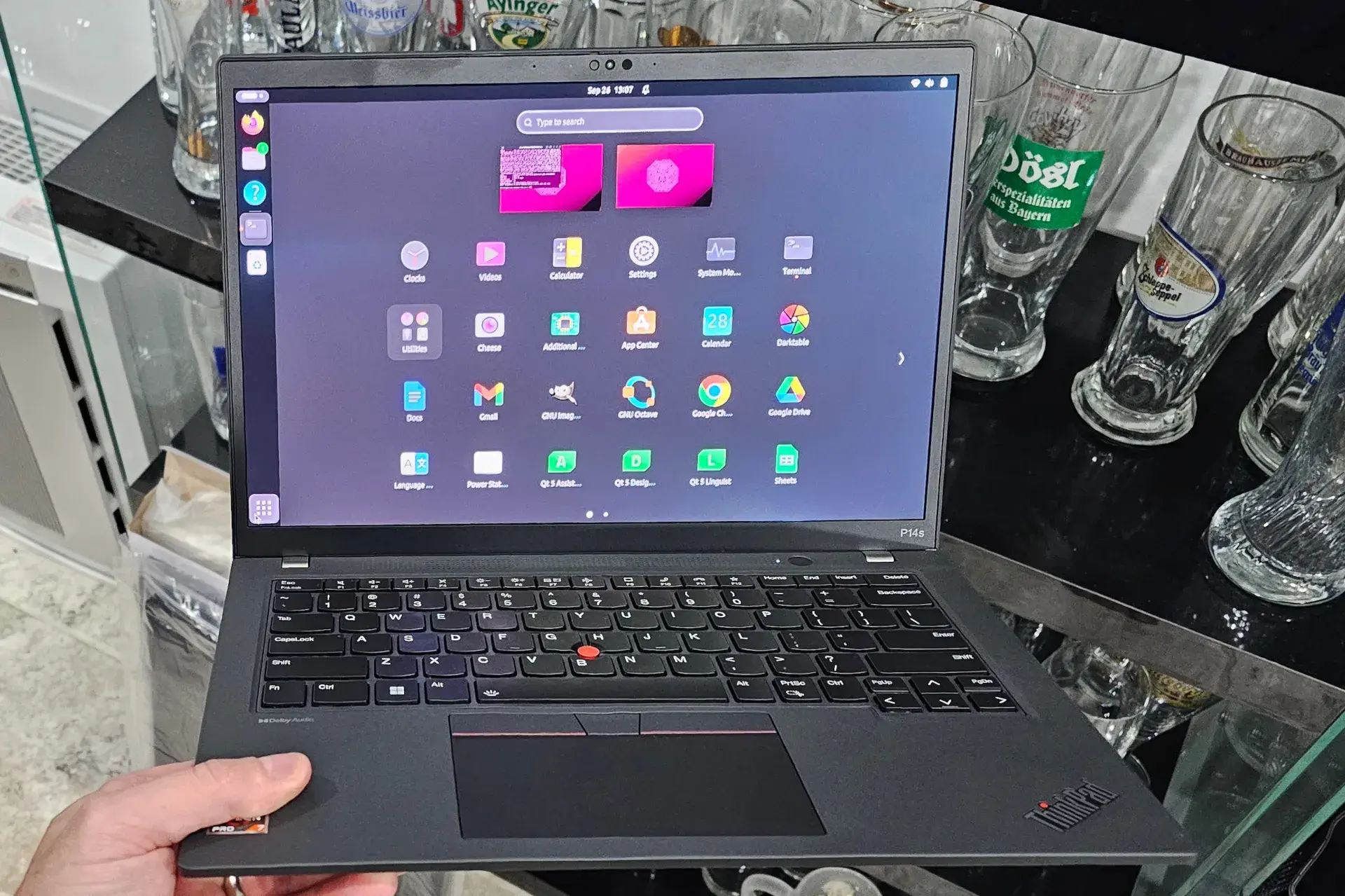- 50 Posts
- 346 Comments
Linux phones aren’t supported because it’s an Xorg feature. Usually Linux phones use Wayland for the better (touch) experience. If someone wanted to they could implement it on a Wayland compositor, but given that no other OS I know of supports diagonal mode, I wouldn’t hold my breath.

 1·11 months ago
1·11 months agoThe DNS-01 challenge [1] allows for issuing SSL certificates without a publicly routable IP address. It needs API support from your DNS provider to automate it, but e.g. lego [2] supports many services.
I personally leave my Wireguard VPN always on, but as its only routing the local subnet with my services, it doesn’t even appear in my battery statistics.
[1] https://letsencrypt.org/docs/challenge-types/#dns-01-challenge

 4·11 months ago
4·11 months agoI’ve switched away from Xorg a few years ago because of its terrible multi monitor support and bad experiences with picom. Sway and now hyprland are imo a better tiling wm experience then their Xorg equivalent.

 1·11 months ago
1·11 months agoSame topic, original article linked in post description. https://lemmy.ndlug.org/post/523560
Rotating the display by a custom angle is possible through xrandr on X.org.
There’s no Wayland protocol for custom angle rotation, and I don’t expect anyone to create a protocol extension without a use-case.
My wild guess: Theoretically it should be possible for a compositor to support similar custom rotation, as applications simply draw to their surface (window), without knowing how and where it is displayed on the viewport (display).
But it might require quite a bit of work, depending on the project, so I don’t expect to ever see custom rotation on anything besides smaller/niche compositors.
[1] https://unix.stackexchange.com/questions/552138/rotate-a-display-by-custom-angle#552140

 1·11 months ago
1·11 months agoSome products are only available on Amazon, altough there’s always an alternative on another shop.
I try to avoid Amazon because of how many bad products are on their platform. Other shops also list third-party sellers, but by avoiding those platforms and only buying on proper non-marketplace shops the products usually meet a minimum quality. At least my experience with shops that actually specialize in a specific categorie (pc hardware -> mindfactory.de, electronics -> reichelt.de, …) is generally better.
D-Bus is a message bus system, a simple way for applications to talk to one another. In addition to interprocess communication, D-Bus helps coordinate process lifecycle; it makes it simple and reliable to code a “single instance” application or daemon, and to launch applications and daemons on demand when their services are needed.

 3·11 months ago
3·11 months agoI haven’t played for a year or two, but Xonotic doesn’t have many concurrent player for most of the day. I believe lobbies filled around evening/night UTC±0, iirc.
There’re discussions to drop the X11 backend with the release of GTK 5. That’s still many years away and I really don’t think there’ll be much of reason left to use X11 by this point.
What is actually still missing for Wayland?
- Absolute placement of multiple windows for some scientific applications (multi-process, multi-window apps are places arbitrarily on Wayland atm, excluding compositor specific solutions).
- Proper colour management support
- VRR working while the cursor is shown. Needs hardware cursor (?) support in the kernel and drivers. FPS games usually don’t show cursor, so VRR works in the games which benefit the most from it.
Both are likely to get fixed in the coming years and are pretty niche.
Obviously I’m excluding compositor specific issues, like VRR, server-side decorations and global shortcuts not being implemented on Gnome. Generally they would work, if implemented.

 1·11 months ago
1·11 months agoThe problem is to find those german trackers.

 1·11 months ago
1·11 months agoAdditionally, companies doing business in the US also follow US laws. If they don’t, they could still be sued overseas (or stop doing business over there).

 2·11 months ago
2·11 months agoIt definitely receives more clicks. I’ve posted this link here a day ago, but arstechnicas title is more engaging. My first thought was whether there’s been another vulnerability found.
That said, the headline isn’t as bad as it could’ve been.

 2·11 months ago
2·11 months agoYou’re right, a peer-review system would be a net positive. Should updates be reviewed before publishing? This means updates take longer to arrive.

 1·11 months ago
1·11 months agoAgreed. People should learn to read PKGBUILDs, but given how popular Arch(-based) distributions are, I do think many people won’t bother. Afterall, many people download random things all the time.

 1·11 months ago
1·11 months agoIt would be difficult to connect you to a Meta account to serve ads to because they only have your user name, profile pic, server IP, and server domain name. In most cases it’d be impossible. You’re pretty well protected because Mastodon servers treat all remote servers as untrustworthy and don’t give them any info.
Facebook already creates “shadow profiles” for people not on Facebook and stores data about them. This means Meta won’t directly monetize the fediverse, but use the data available for their ad business anyway. (Maybe even connect other accounts through posts, but I don’t know how well this works with the info and amount of a users posts.)
Nothing stopping them from doing it now, anyone posting to the fediverse has to accept that their posts can and probably will be used to train someone elses LLM. It’s public afterall.
[1] https://www.howtogeek.com/768652/what-are-facebook-shadow-profiles-and-should-you-be-worried/

 2·11 months ago
2·11 months agoI guess it can be assumed that a good number of people read the PKGBUILDs, so at some point malware would be found. A peer-reviewing system would give people a false sense of security, since the AUR is a user repository, where breakage should be expected (compared to the official repos).

 81·11 months ago
81·11 months agoJust verify
requires basic programming knowledge or at least some time to get familiar with PKGBUILDs, and then they have to take the time to read it.
Yes, I agree people should at least look up where it loads data from, but people are lazy.
Fortnite uses both BattleEye and EAC, so it’s at least multiple clicks, depending on the implementation even more.

 17·11 months ago
17·11 months agoSelling 8GB high end laptops like macbooks with soldered RAM shouldn’t be a thing at all. It’s such a waste of resources, because devices which could be used in 10 years won’t be useful beyond basic word processing and browsing.
The only reason Apple has them is to have a low starting price while taking 200 USD for 8GB additional RAM. For context, 16GB RAM costs about 50 USD in retail.












I remember taking my first selfhosting/Linux steps a year or so after the launch of Let’s Encrypt with a Pi 3. At the time, most tutorials didn’t set up https at all, and if they did, they were self signed certificates (resulting in browser warnings).
Self-signed certificates are annoying and creating them was a series of copy pasting long, weird commands, usually using long exspiration dates (manual renewing sucks).
Not long after, guides started recommending certbot. Nowadays reverse proxys like caddy set up TLS automatically.
At least that’s how I remember it, given my complete lack of knowledge about Linux at the time.